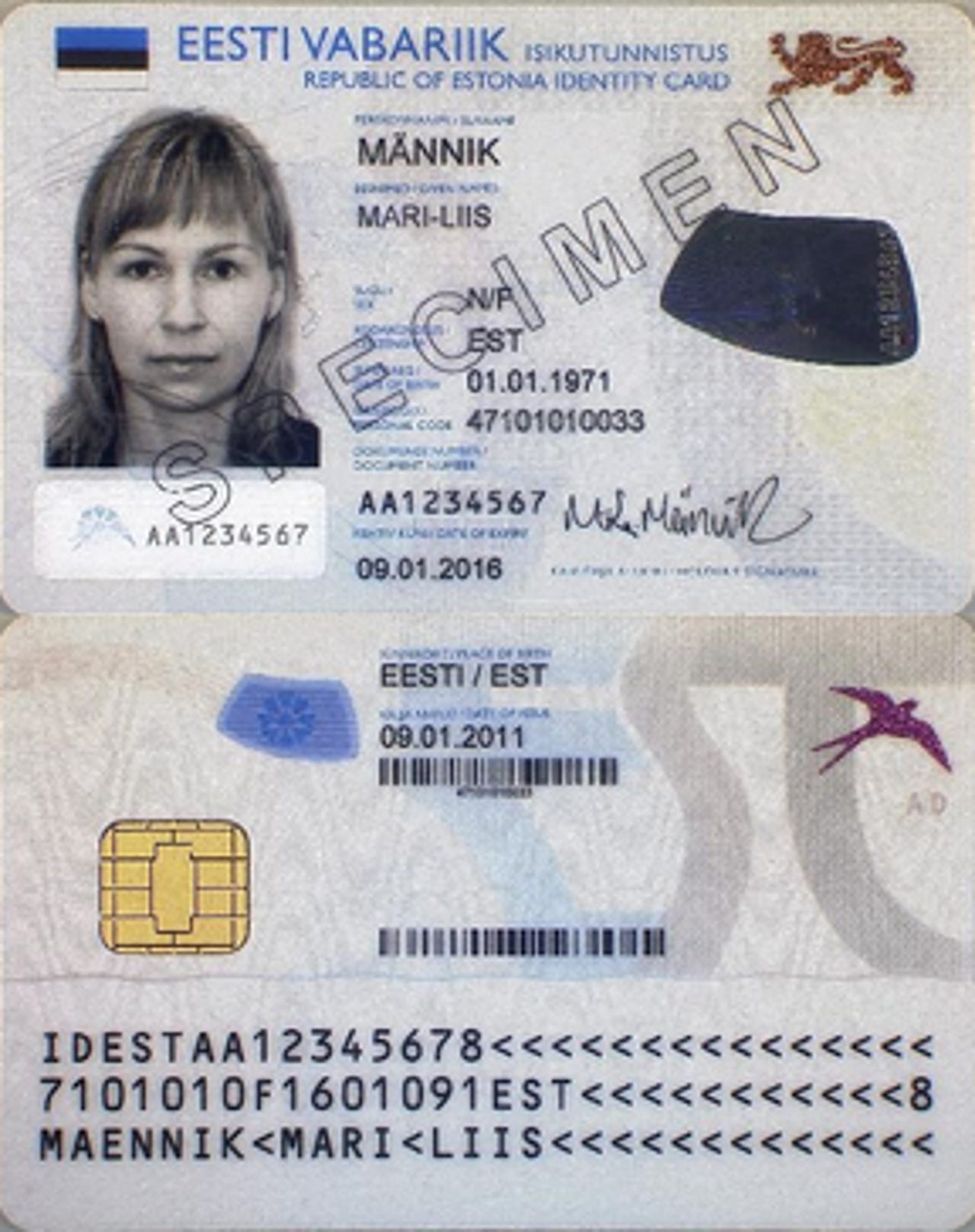Estonia has 1.3 million people: Here's how it plans to get 10 million e-residents by 2025


"Our target of 10 million e-residents will require exponential growth, but the early indications are that we are on schedule."
Dirk Singer has spent over two decades in the UK digital media industry and has founded two successful agencies from scratch.
Although a Remain supporter, he had a strong feeling before last year's Brexit referendum on the UK's future in the European Union that the country might choose to leave. So he decided to take some precautions.
As he tells ZDNet, he had read about Estonian e-residency and decided to use it as a Brexit insurance policy, to keep his digital media business running from within the EU even if the British chose to leave it.
The precaution paid off. When the referendum results came in, he already had his e-resident ID card in his pocket and is now running a company in Estonia parallel to the one in the UK.
In two years since the official launch of the e-residency program, Estonia has accepted almost 17,000 applications. Altogether the e-residents have set up more than 1,300 companies and contributed more than €4.3m ($4.6m) to Estonia in taxes and services.
"That means every euro invested by Estonia in e-Residency over the first two years has returned 43 euros to the state and the economy," Kaspar Korjus, head of Estonia's e-residency program, tells ZDNet.
He hopes that new measures that have been introduced recently, or are to be introduced in the near future, will help boost the program even further.
For example, to set up a bank account at local bank LHV, digital media entrepreneur Singer still had to visit Estonia and sign some documents at the bank.
But very soon, that level of bureaucracy will be a thing of the past, because the Estonian parliament has approved legislation that allows Estonian bank accounts to be opened remotely. Local banks Swedbank and LHV Bank are already conducting the first trials to test how video interviews can replace the process of walking into their branches.
E-residency also benefits from the growing number of companies that have built their businesses around the concept.
To get the paperwork done and prepared, Singer used LeapIn, which is focusing on helping freelancers, contractors, and digital nomads set up and manage their companies in Estonia.
LeapIn's marketing chief Gustav Kotkas tells ZDNet that the company already has customers from over 80 countries, mostly based in the UK, Germany and France.
He points out that most of the customers actually find LeapIn even before they have familiarized themselves with the concept of e-residency.
"The most important marketing channel for us is the existing customers who recommend LeapIn to their friends and acquaintances. We are also very active in social media," Kotkas explains.
"So we're benefiting from the e-residency program's marketing, but at the same time we're helping them to boost their numbers as well," he added.
Some local companies are integrating e-residency directly into their businesses. For example, in February 1Office, which provides business services for e-residents, such as a virtual office and a legal address, launched a new online portal so that e-residents can open a company through its website, which has the added convenience for those who intend to use its services at the same time.
Head of the e-residency program, Kaspar Korjus, says these offerings have to be coordinated with the country's Commercial Register.
"But it means Estonia is one of the few countries that has enabled the private sector to share this responsibility for the benefit of everyone," he says.
In his view, people are just beginning to scratch the surface of the potential business opportunities around the program.
"There are several companies providing services and packages for business established through e-residency, but more are still needed in this area. This includes services they can access online, such as virtual offices and accountancy, but also plenty of brick-and-mortar opportunities, such as accommodation and coworking spaces that e-residents can take advantage of," he says.
The opportunities are not just limited to bringing products and services to e-residents either, because some companies are doing it the other way around and bringing e-residency to their customers.
"For example, some companies encourage their customers to become e-residents because the government-backed digital identity is an incredibly effective solution for KYC/AML [know your customer/anti money laundering laws]. There are still plenty of opportunities for using e-residency in this way, including in fintech and blockchain services," Korjus added.
When the e-residency program was launched in December 2014, the initial goal was to get 10 million e-residents on board by the year of 2025. Korjus, who views the whole project as a governmental startup, is not thinking about lowering the bar.
"It's important for startups to set goals that are both ambitious and achievable. Our target of 10 million e-residents will require exponential growth, but the early indications are that we are on schedule. We already have more e-residents than expected at this stage," he says.
"Future improvements, such as the development of e-banking, can make e-residency more accessible to entrepreneurs around the world.
There are no reasons to believe nations cannot scale similarly as startups do. People should be able to choose the best governance."
Korjus hints at new offerings under development in the fintech industry, which are expected to radically transform the ease of e-banking across borders and also boost the number of e-residents.
"We can't say too much at present, but a lot of work is already taking place to integrate those new solutions and we hope e-residents can start enjoying the benefits in the second half of the year."